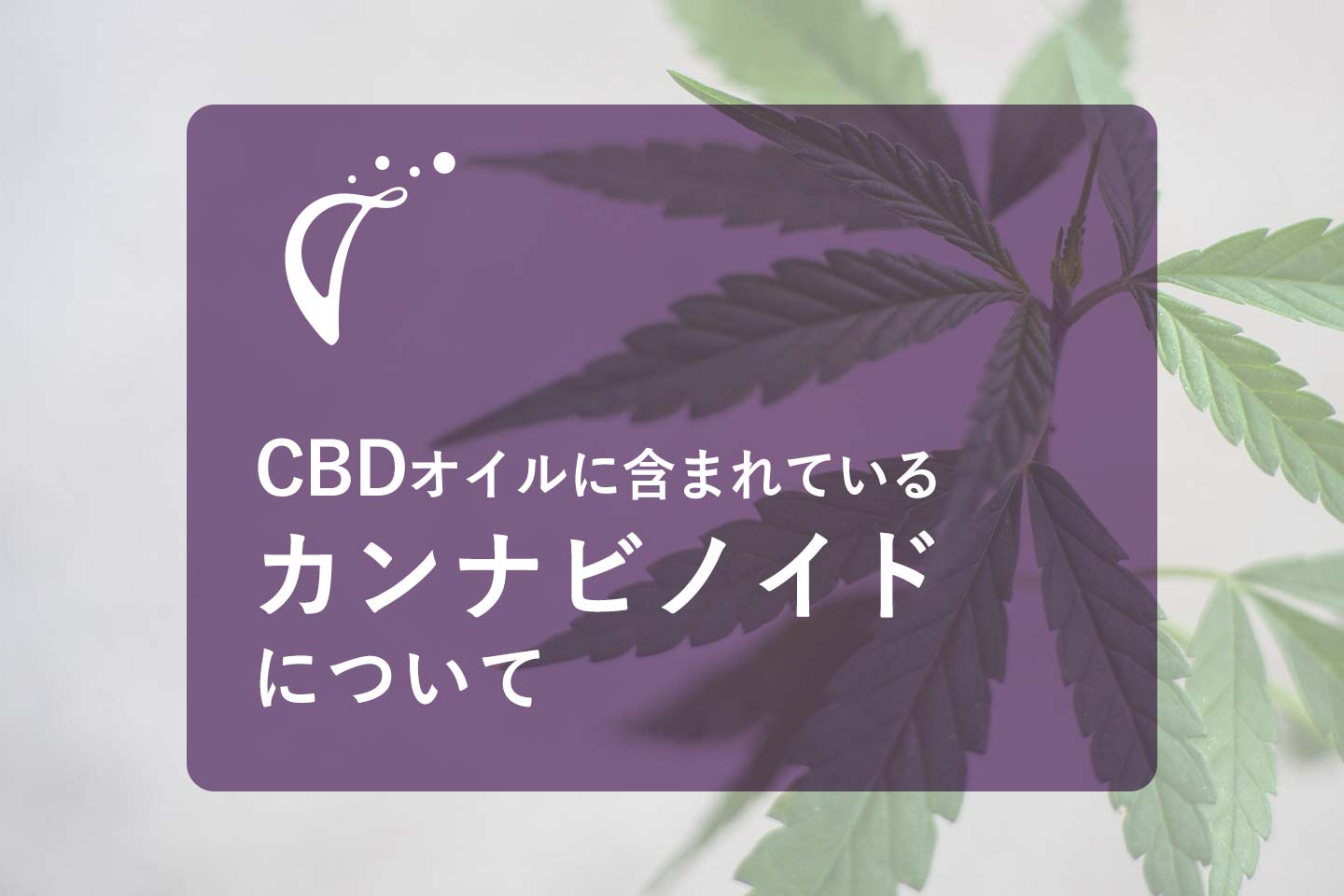Hello, this is Naoko Miyazaki from Milobina.
CBD is also used in CBD oil.
In a previous blog I wrote about ``How CBD regulates the body'', I explained that ``CBD is one of the physiologically active substances/cannabinoids contained in the cannabis plant, and cannabinoids are also produced in our bodies.'' did.
In other words, there are two types of cannabinoids: ``phytocannabinoids,'' which are derived from the cannabis plant, and ``endocannabinoids,'' which are produced inside the body.
Furthermore, there are also ``synthetic cannabinoids'' that are artificially produced from chemicals, so there are three types of ``cannabinoids'' that are produced in different ways.
In this blog, I would like to introduce these three types of cannabinoids to help you better understand CBD oil.
Endocannabinoids were discovered through research on cannabis.
It has been known since ancient times that cannabis, which is essential for CBD oil, has psychoactive effects, but research into its mechanism began after World War II.
In 1964, Dr. Raphael Mishram of Israel elucidated the chemical structure of the cannabinoid ``THC'', which is responsible for the psychoactive effects of cannabis. Then, in 1990, the receptors that THC acts on were discovered in the human brain.
Research has been conducted around the world asking the question, "Why do receptors for cannabis components exist in the human brain? Could it be that the human body has substances similar to cannabis components?" In 1992, ``substances similar to cannabis components'' in the body were discovered for the first time.
Subsequently, discoveries regarding ``endocannabinoids'' continued, and progress was made in elucidating the ``endocannabinoid system,'' the mechanism that maintains homeostasis in the human body.
"Synthetic cannabinoids" made to resemble phytocannabinoids
Synthetic cannabinoids are substances created artificially to resemble phytocannabinoids. It acts on cannabinoid receptors as well as phyto- and endogenous cannabinoids. Its effects on the brain are said to be more powerful than phytocannabinoids and difficult to predict.
Some of you may have heard the term "synthetic cannabinoids" in explanations about dangerous drugs. Approximately 40%, which is currently regulated as a designated drug in Japan, is a synthetic cannabinoid, and its distribution is a major problem worldwide.
However, this does not mean that ``dangerous drugs = synthetic cannabinoids''; there are also medicines that contain synthetic cannabinoids.
For example, the synthetic THC dronabinol has been approved by the U.S. Food and Drug Administration (FDA) to prevent or treat nausea and vomiting caused by chemotherapy.
Did you successfully communicate the differences between the three cannabinoids? Although the content is a bit complicated, I hope you understand how CBD oil regulates the mind and body, and that cannabinoids associated with dangerous drugs are 'synthetic'.
<Reference materials>
=Book=
“Doctor’s Talk about Cannabis and CBD” by Yushi Masataka (Saizusha)
“All about CBD” by Irene Konieczny and Lauren Wilson, translated by Naoko Miki (Shobunsha)
=WEB SITE=
Ministry of Health, Labor and Welfare “Information dissemination promotion project related to “integrated medicine”” eJIM
https://www.ejim.ncgg.go.jp/
Cancer information site
https://cancerinfo.tri-kobe.org







